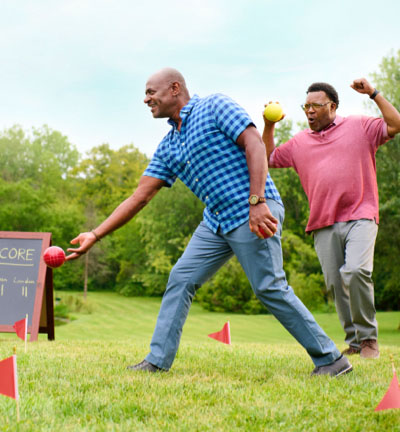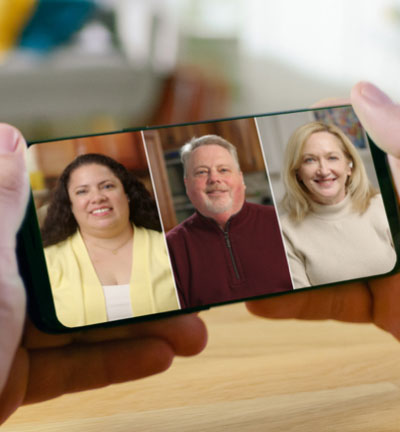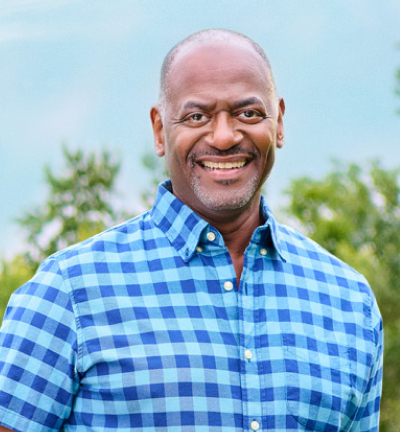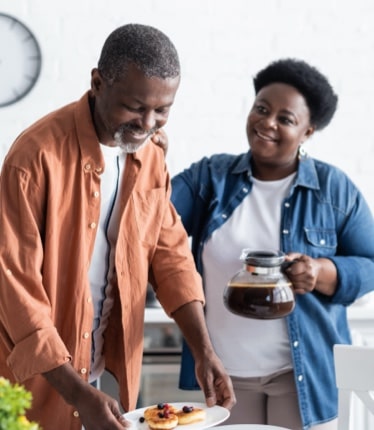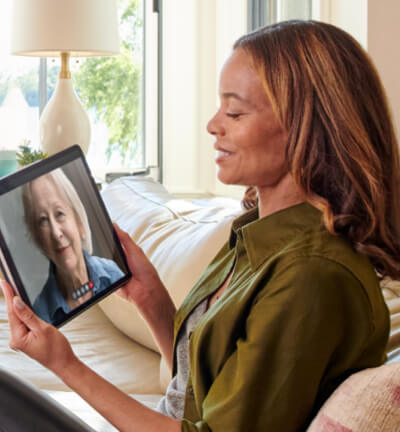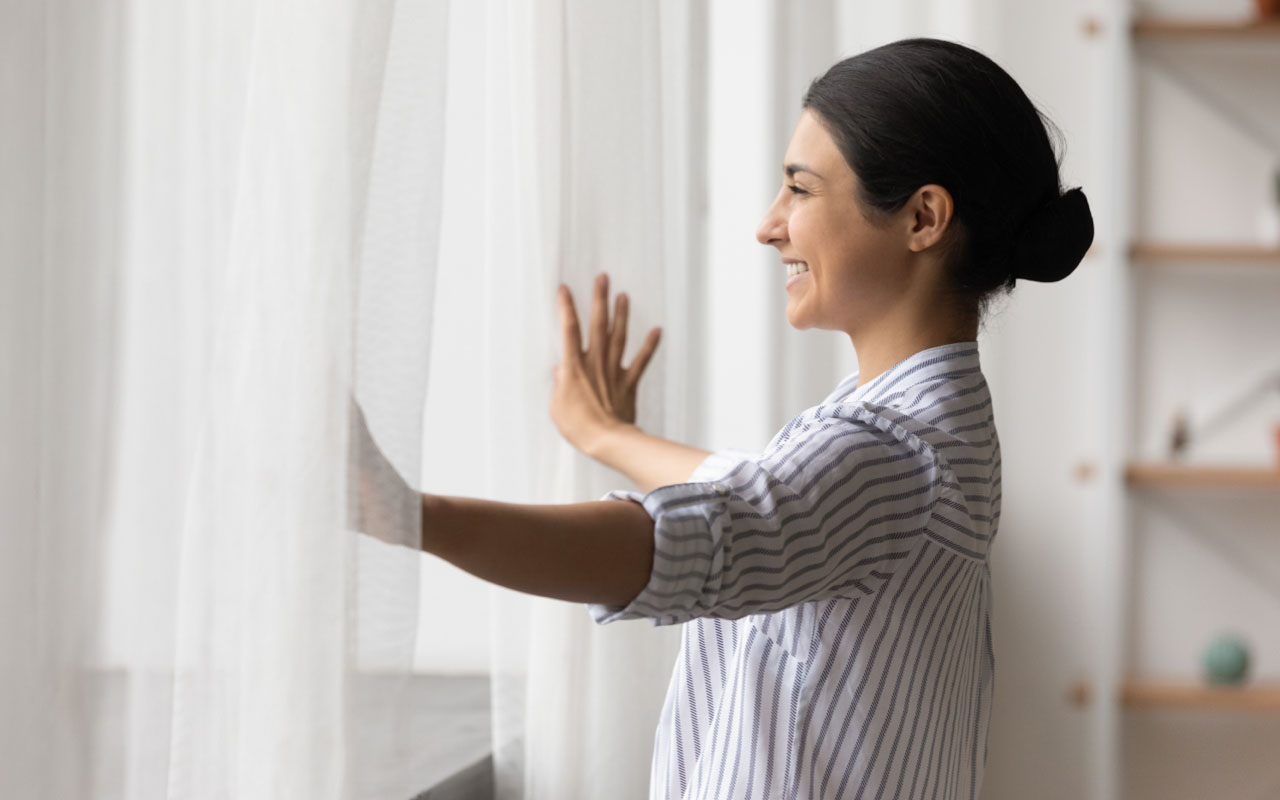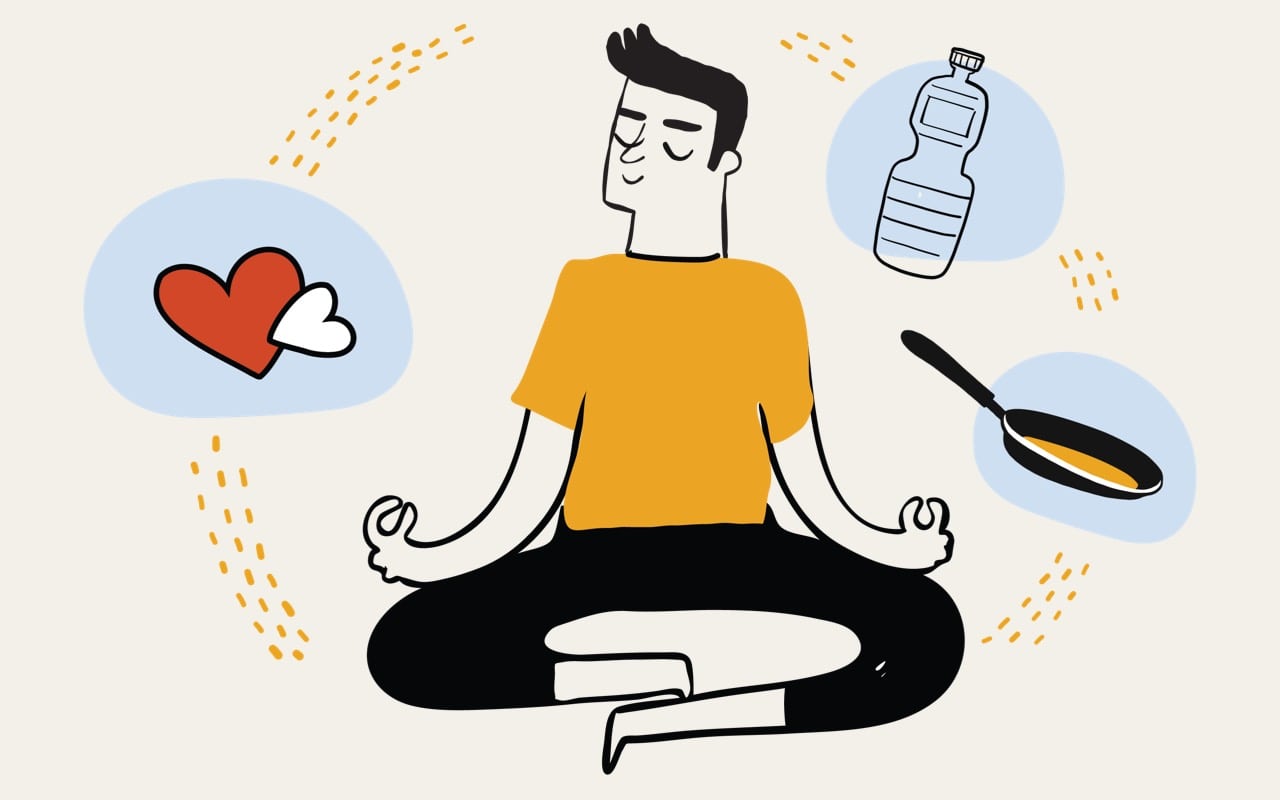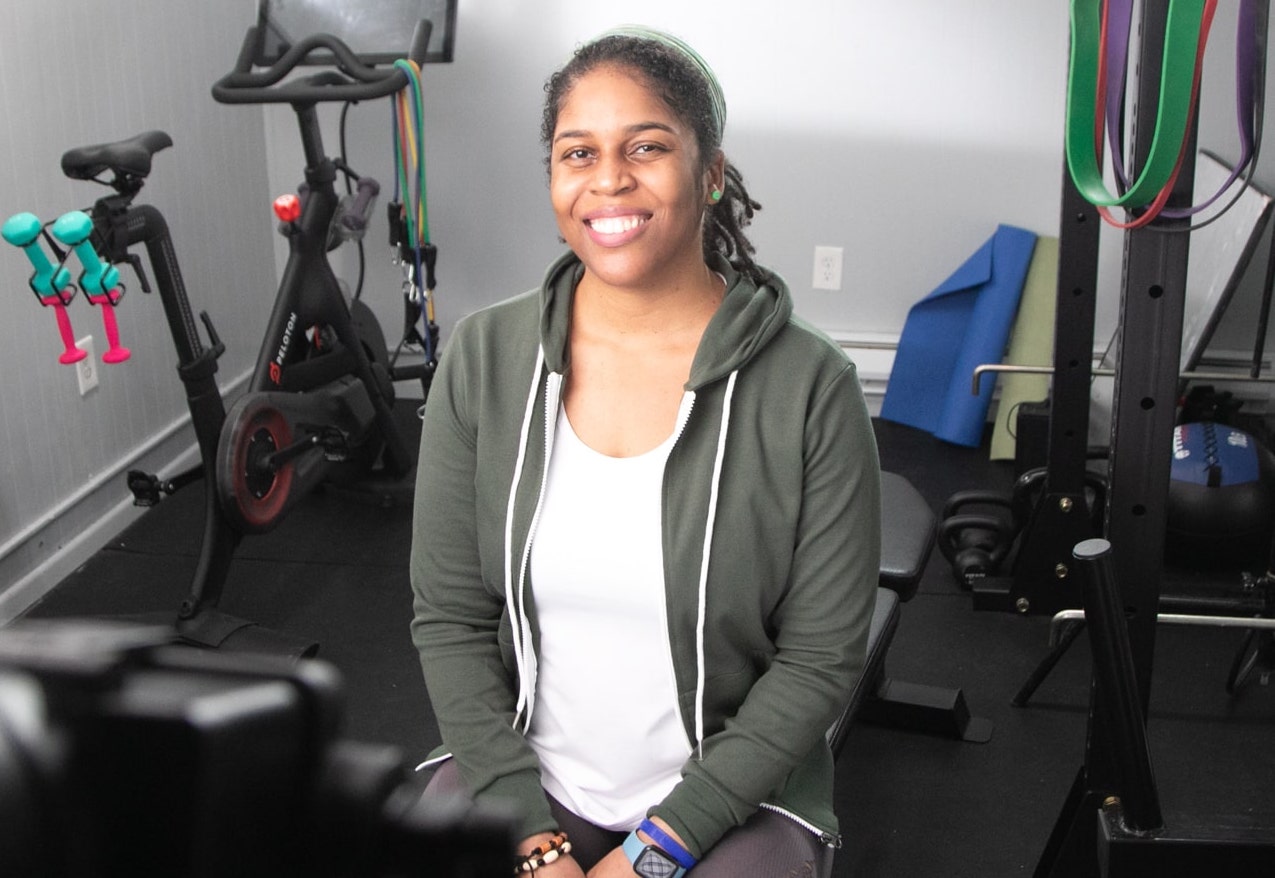Living with MG doesn’t mean you can’t be active—find what works for you.
Receiving a myasthenia gravis (MG) diagnosis and living with MG can have a major impact on your daily life, including your mobility and physical activity. But that shouldn’t mean exercise is out of the question.
Whether you’re looking for a new workout, haven’t worked out for a while or are brand new to exercising with MG, there are so many ways to move your body while keeping symptoms and energy levels in mind. Getting started with a gentle stretching routine may be a good way to do just that.
Let’s get stretching! Join Vanetta,* a personal trainer living with MG, and John,* also living with MG, as they lead an MG-friendly stretching routine created with various mobility levels in mind. Watch the video.
Ready, set, assess your symptoms!
A good first step could be to assess your symptoms with the Myasthenia Gravis Activities of Daily Living (MG-ADL) scale and share your score with your healthcare provider.
The MG-ADL is a tool that helps identify the impact MG has on a person’s daily life by providing an assessment of the severity of their symptoms.1 Using the MG-ADL scale can be a great way to help evaluate, monitor and track your symptoms over time, which may be useful when planning a new exercise routine.
Check in with yourself and your healthcare team
After tracking your symptoms, you can assess with your healthcare team which exercise program is right for you based on your symptoms and how you feel. For instance, if you’re having a day with more severe symptoms, you may want to skip working out altogether; or, if symptoms are present but mild, you may consider opting for some chair yoga or stretching in bed.
And, if you’re looking for a quick, full-body stretching routine, you can download the MG-friendly stretching guide below.
Julia,* an occupational therapist and certified hand specialist living with MG, has this to say, “Any activity we do may be beneficial, and you have to meet your body where it’s at on each given day.”
“I think exercise is underrated when it comes to how much it can help with MG,” says Michael,* who has been living with MG for over 15 years. Working out has been a major part of his life before and after his MG diagnosis. He exercises several times a week, doing things from lifting weights in the gym to running outside.
“I think most people can exercise in some way,” he says. “Not only can it help you physically, but it can help you mentally, too. When I finish a workout, I feel better about myself. It gives me confidence.”
Julia agrees, “Maintaining and gaining strength are probably the biggest benefits for me, but boosting my mental health is also a huge benefit.”
Stretching exercises are a nice way to move and have some activity while listening to my body.
The many benefits of stretching
If you live with MG, there are so many positives when it comes to stretching. On a day when harder workouts may not be possible, stretching could be a great way to stay active.2 Additionally, exercise routines that include balance work and stretching could be beneficial for people living with MG.3
Julia says, “I personally think a lot of the pain that I deal with may be due to weak and tight muscles, and stretching is one of the best ways to address that.” She goes on to say, “Stretching really helps me when I have pain. It’s also good for maintaining mobility and helping with blood flow as well as helping you identify muscles that are tighter because they’re compensating for other, weaker muscles. That can be a sign that your muscles need some more strength.”
Her tip? Go slow! “Especially if you’re someone who isn’t super active, it’s important to start slowly and make sure your body can handle it,” she says. “So, stretching is a great place to start your journey back to being more active.”
Every step you take, it gives you confidence.
Start with the first step
Michael believes no workout or exercise goal is too small. “Even if you want to start with walking to the mailbox and getting the mail, completing that goal can give you a boost. And then, after a while, maybe you’re walking a little bit farther and farther down the street.” He encourages people to take note of their energy levels throughout the day. If you go to work out in the evening but are feeling too tired, maybe switch it up. “If you normally wake up and have energy in the morning, but your afternoons are lower energy, I’d say have your breakfast, have your coffee and then maybe go for a walk,” he says. “Scheduling with your energy levels in mind can be really helpful!”


